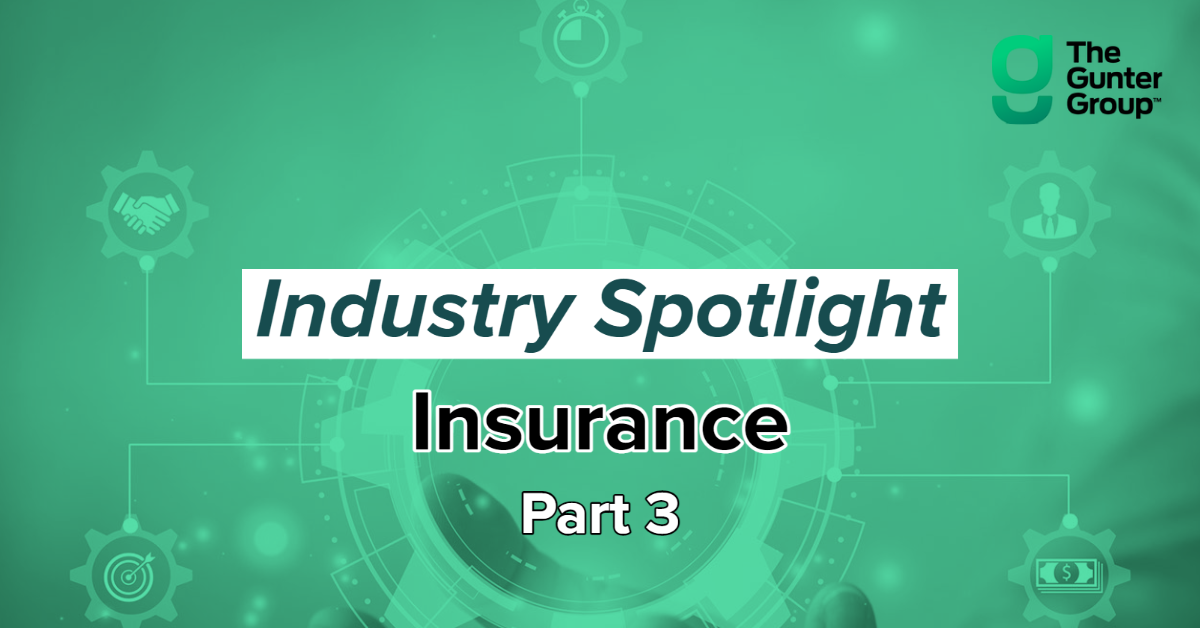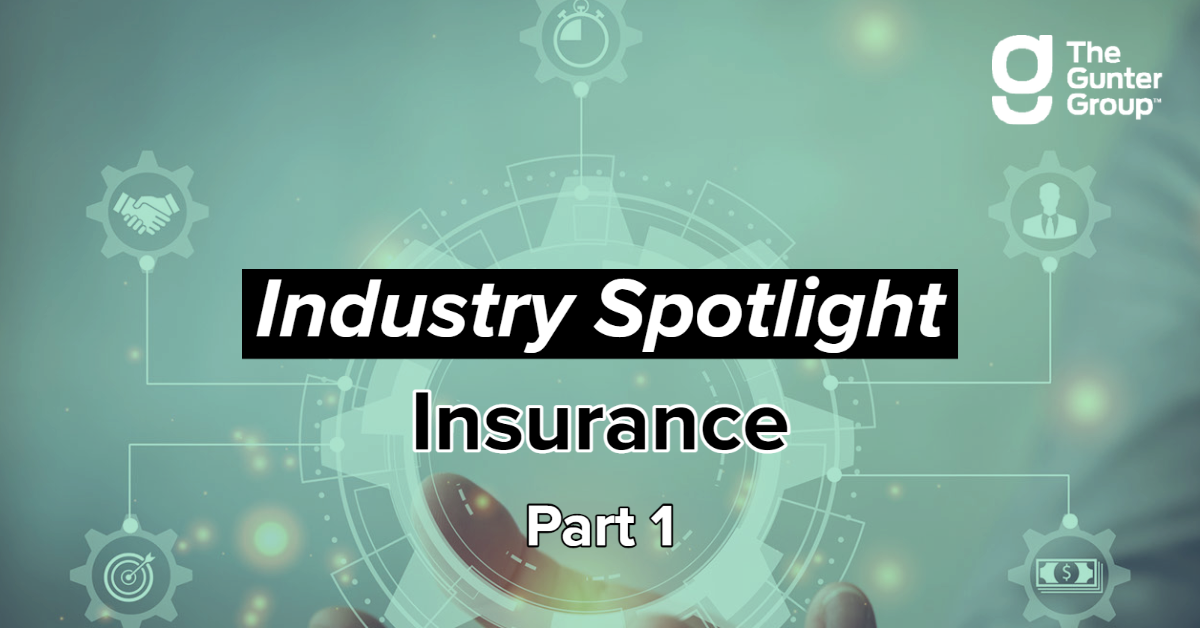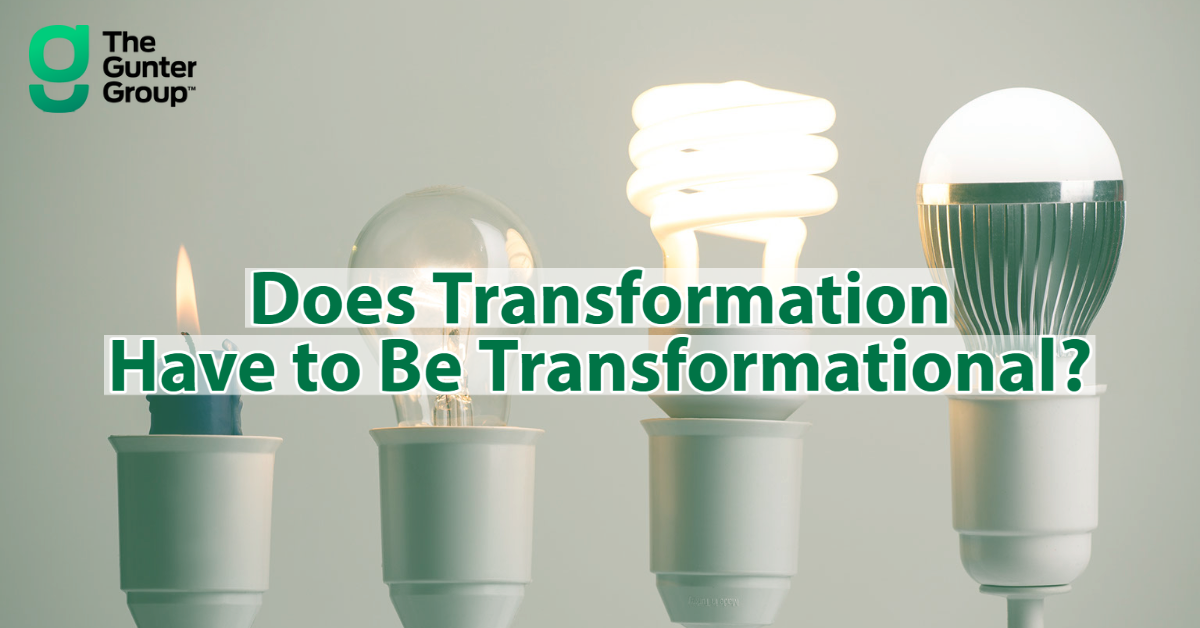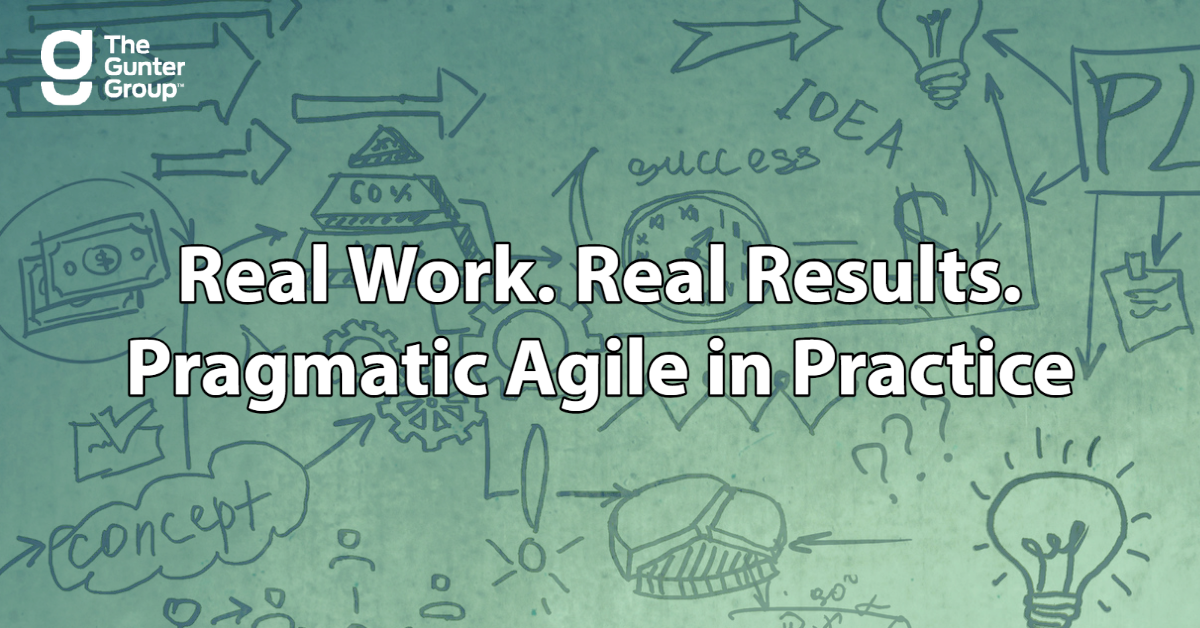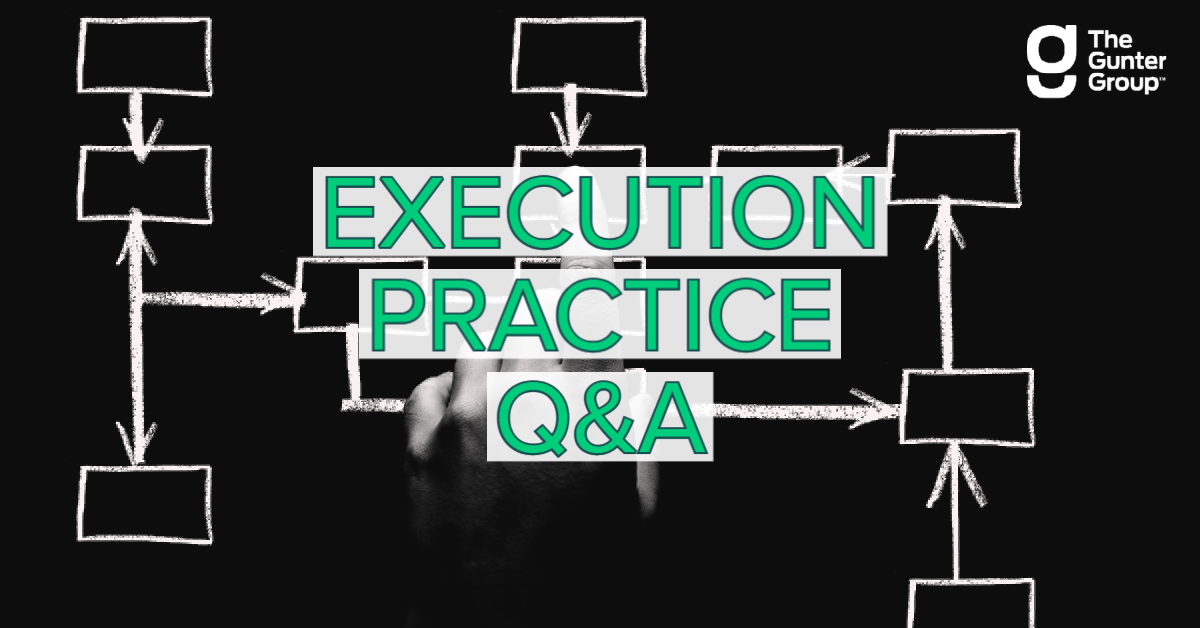Consultant Lindsey Santamaria discusses her engagement with a national pet care provider, supporting a large-scale Oracle re-implementation project.
Tag Archives: Execution
INDUSTRY SPOTLIGHT –
INDUSTRY SPOTLIGHT – EDUCATION
Senior Consultant Keith McCarthy shares the impact and details of his recent engagement with a national education and child care provider, supporting a customer experience and data structure initiative.
INDUSTRY SPOTLIGHT – INSURANCE (Part 3)
Decision Insights and Data Services Manager Ande Olson recently completed an engagement with a national insurance carrier supporting an actuarial transformation initiative. In the third part of our industry spotlight, Ande shares how the project came to life and the impact delivered.
INDUSTRY SPOTLIGHT – INSURANCE (Part 2)
Senior Consultant Frank Gleason recently completed an engagement with a large national insurance provider supporting a data integration and data vendor implementation initiative. In this industry spotlight, Frank discusses his unique approach and the results of the project.
INDUSTRY SPOTLIGHT – INSURANCE (Part 1)
Recently members of our team completed an engagement with a national insurance provider supporting multiple strategic initiatives. In this industry spotlight, we share the process and impact of our team’s work.
DOES TRANSFORMATION HAVE TO BE TRANSFORMATIONAL?
TGG’s Danny Quarrell explores how a mix of enablement projects alongside your game changing Transformational projects are key to a healthy Actuarial Transformation Program.
5 KEYS FOR TACKLING
FAST TRACK PROJECTS
“Expect the unexpected.” Whether you’re faced with a crisis now, or looking to be prepared for anything unexpected in the future, here are five keys our team utilizes to help organizations move forward with critical, fast track projects.
REAL WORK. REAL RESULTS.
PRAGMATIC AGILE IN PRACTICE
Senior Consultant Rob Anteau, has been working with Agile and waterfall teams for decades. As a way to highlight pragmatic Agile in practice, we are sharing a recent example of an impactful Agile adoption he oversaw for a client.
EXECUTION PRACTICE Q&A WITH TRISHA BENNETT
Trisha Bennett, Execution Practice Service Leader, details how TGG’s Execution work supports complex client initiatives and drives results.


